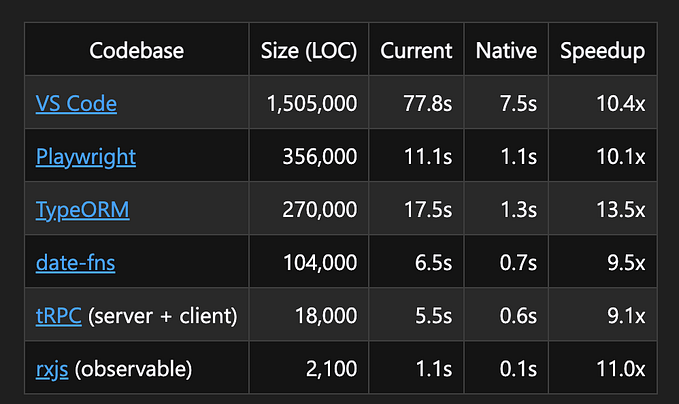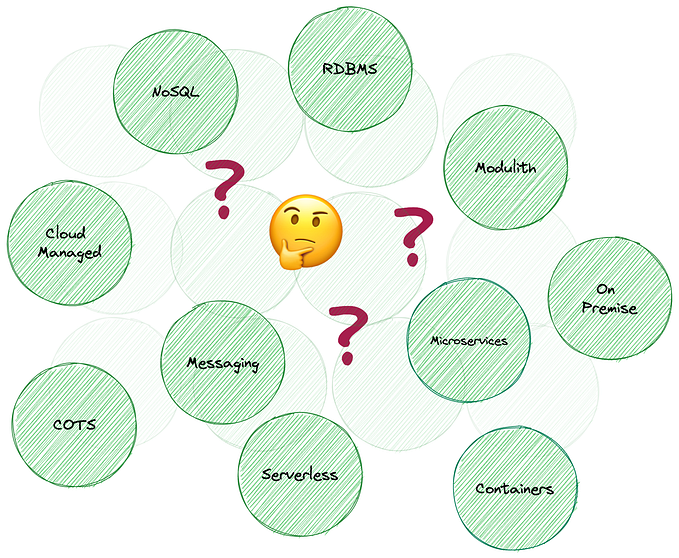The Evolution of Programming Languages: From Primitive Binary to High-Level Abstractions
The development of modern computing during World War II was driven by the work of scientists, mathematicians, and engineers. These individuals laid the groundwork for the development of digital computers and the programming languages that are used today. The primitive binary languages that emerged during this period were a result of the limitations of early digital devices, which only understood ones and zeros and the circuit patterns in the underlying machine architecture.
In the late 1940s, assembly languages were created to offer a more workable abstraction of the computer architectures. This allowed programmers to write code that was easier to read and understand, which made the programming process more efficient. However, the limited memory capacity of early computers led to substantial technical challenges when the first compilers were designed. Therefore, the compilation process needed to be divided into several small programs. The front-end programs produced the analysis products used by the back-end programs to generate target code.
As computer technology provided more resources, compiler designs could align better with the compilation process. This allowed for the development of high-level languages, which are formal languages that are strictly defined by their syntax and semantics. These languages offer a higher level of abstraction than assembly languages and are easier for programmers to use. High-level languages provide a set of rules that define the syntax and semantics of the language.
The elements of a high-level language include an alphabet, which is any finite set of symbols, a string, which is a finite sequence of symbols, and a language, which is any set of strings on an alphabet. The sentences in a language may be defined by a set of rules called a grammar. Backus–Naur form (BNF) describes the syntax of “sentences” of a language and was used for the syntax of Algol 60 by John Backus. The ideas derive from the context-free grammar concepts by Noam Chomsky, a linguist. “BNF and its extensions have become standard tools for describing the syntax of programming notations, and in many cases parts of compilers are generated automatically from a BNF description.”
Programming languages have continued to evolve over time, with new languages being developed to meet the changing needs of programmers. Today, there are many high-level programming languages available, each with its own set of syntax rules and semantics. Some of the most popular programming languages include Java, Python, and C++. These languages have become essential tools for software development, with applications in everything from business to science to entertainment.
In conclusion, the development of modern computing was driven by the work of scientists, mathematicians, and engineers who developed the theoretical computing concepts that form the basis of digital modern computing. The evolution of programming languages from primitive binary languages to high-level languages was a natural progression that resulted from the capabilities offered by digital computers. High-level programming languages have become essential tools for software development, with new languages being developed to meet the changing needs of programmers. As technology continues to advance, we can expect to see further developments in programming languages that will help us to create even more sophisticated software applications.









